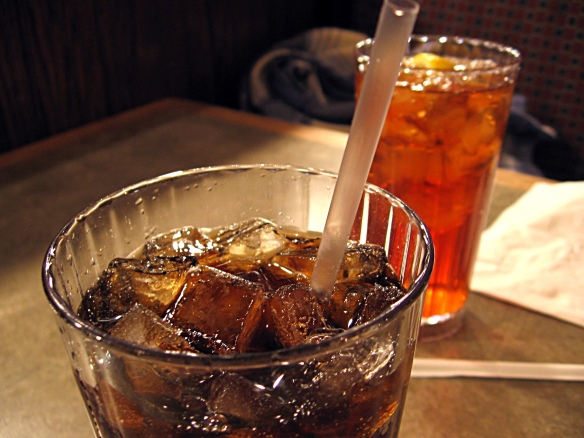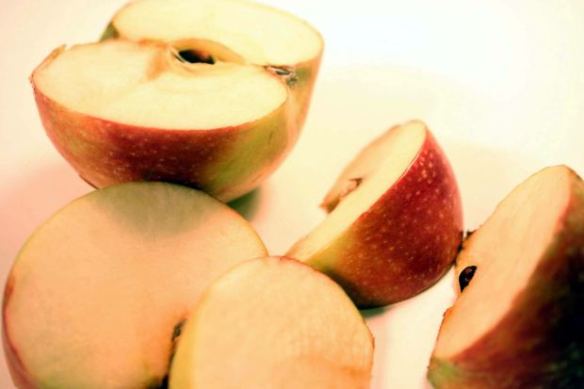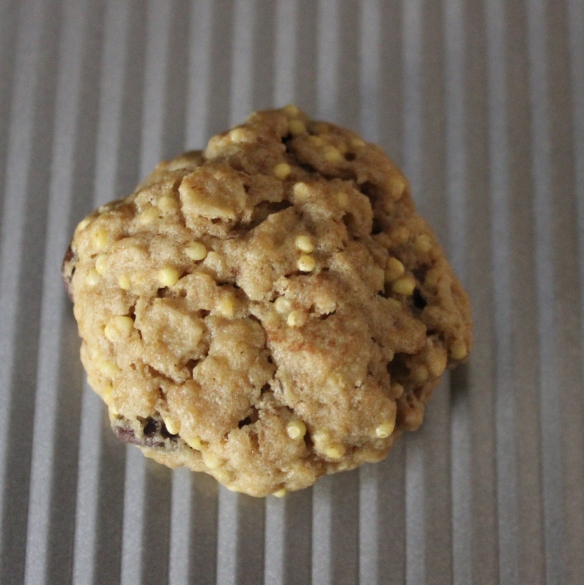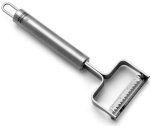We have been eating yogurt in this house from time immemorial. I’ve cut back on dairy considerably since Jim became a vegan, but I’ll never give up yogurt (and kefir). It won’t happen. It’s part of a good breakfast, nice to send occasionally in the lunch box and makes a darn good dessert when the need arises (as it frequently does at our house).
One thing that has happened however, is that we don’t make that weekly trip to the frozen yogurt shop in town anymore. I’m all about supporting local businesses–just not when it could be bad for my heart…and my waistline.
With the popularity of self-serve yogurt shops, the temptation to fill up that cup can mean more than 50 grams of sugar a serving. Before the addition of toppings. Sheesh! And I always have a tiny financial seizure when they announce the cost. $5 for a bowl of yogurt? Really?!
So what do you do when you’re a “can-do” penny-pinching, anti-sugar obsessed mom? Why you make it–or something vaguely similar–at home!
Start with really ripe bananas.
Peel and slice them for the freezer. They’ll blend easier if you only freeze them for a couple of hours. Make sure pieces aren’t touching.
 This gives you the option of putting them into a freezer bag for use later without them all sticking together in one glob.
This gives you the option of putting them into a freezer bag for use later without them all sticking together in one glob.
Here’s the recipe we concocted:
Blueberry Chocolate Frozen Yogurt
- 1 frozen banana
- 1/2 cup frozen blueberries
- 1/4 cup plain yogurt
- 2 tsp. chocolate powder (unsweetened)
- 2 tsp. maple syrup
- 1/4 tsp. vanilla extract
Put it all in a blender or food processor. Watch it turn into “frozen yogurt”.
This recipe made 6 ounces. Using a free calorie tracking tool, My Fitness Pal, I was able to create the recipe through this application to determine the following nutritional information for a 3 ounce portion. If you’re eating the whole thing, then double it:
- Total sugars: 15.6 g
- Added sugar: 4.4 g
- Calories: 99
I use about 1 frozen banana with an additional 1/2 cup or more of other frozen fruit. Remember, like most recipes, this is only a framework. Frozen bananas provide the base from which to work. Try adding other frozen fruit besides blueberries. Experiment with different extracts like almond and orange. If your fruit is especially sweet, skip the added syrup/sugar. Try it with frozen bananas alone if you prefer.
There’s lots of options to go with those frozen bananas.
- frozen peaches and almond extract
- chocolate powder and peanut butter
- frozen strawberries and shredded coconut
What combinations do you envision?
































